MATH+ Dissertation Awards 2024
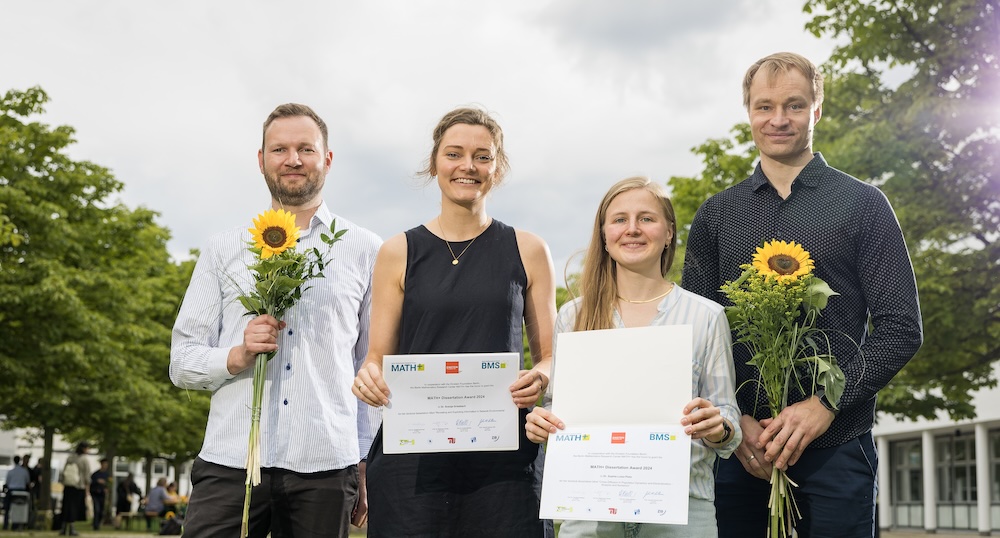
In cooperation with the Einstein Foundation Berlin, the Berlin Mathematical School (BMS) of the Cluster of Excellence MATH+ awards up to four annual prizes for outstanding dissertations by BMS graduates. We are delighted that the MATH+ Dissertation Awards 2024 were presented to Fabian Altekrüger, Svenja Griesbach, Federico Moretti, and Luisa Plato in recognition for their outstanding theses on 11 July 2025 at the BMS Certificate Ceremony. Congratulations!
Fabian Altekrüger
Fabian Altekrüger received his Bachelor’s and Master’s degrees in Mathematics from Technische Universität Berlin (TU Berlin) in 2019 and 2021. In 2024, he completed his PhD in Mathematics at TU Berlin as part of the MATH+ project AA5-6 “Convolutional Proximal Neural Networks for Solving Inverse Problems” under the supervision of Gabriele Steidl (TU Berlin) and Andrea Walther (HU Berlin/ZIB) and finished his PhD thesis after three years in 2024 with ”summa cum laude.”
His doctoral research focused on inverse problems from a Bayesian perspective and their solution using neural networks. It is a work in applied mathematics, with applications to inverse problems in imaging science. Based on the revolution of neural networks in image processing, neural networks are themselves the main subject of study of the thesis.
After earning his doctorate, he began a journey traveling around the world.
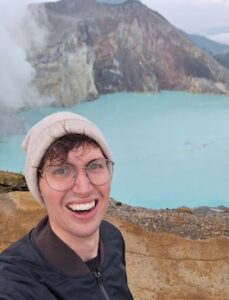
Dissertation: “Solving Bayesian Inverse Problems using Neural Networks”
The reconstruction of images from noisy measurements or observations plays an important role in application areas such as medical and astronomical imaging. While neural networks have been used for direct reconstruction, this typically requires a large amount of training datasets consisting of pairs of reconstructions and their corresponding measurements. The thesis explores and proposes patch-based priors to exploit the frequent self-similarity of image data, significantly increasing the yield from given information such that training is possible with a few given samples. Another focus lies on improving interpretability and stability of the given reconstructions by introducing robust neural network priors equipped with a data-adaptive regularization, achieving high reconstruction quality. The thesis also advances posterior sampling through the use of maximum mean discrepancy flows.
Svenja Griesbach
Svenja Griesbach studied business mathematics at Universität zu Köln. During her Master’s studies, she held a student research position under the supervision of Kevin Schewior, which sparked her interest in algorithmic research and motivated her to pursue an academic career. After completing her Master’s degree with distinction, she spent six months traveling across Europe in a campervan before moving to Berlin to begin her PhD in discrete optimization (MATH+ project AA3-9) under the supervision of Max Klimm at Technische Universität Berlin. Her dissertation, Revealing and Exploiting Information in Network Environments, explores how uncertainty and asymmetric information in congested networks can be leveraged to guide individual decision making towards globally efficient outcomes. She completed her PhD in 2024 with highest honors.
Since November 2024, she has been a postdoctoral researcher at the Center for Mathematical Modeling (CMM) at the Universidad de Chile in Santiago, working with José Correa.
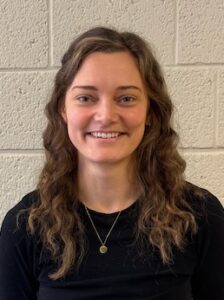
Dissertation: “Revealing and Exploiting Information in Network Environments”
This dissertation examines how limited information and uncertainty affect decision making in networked systems. The first part focuses on traffic networks, where individuals choose routes without knowing the exact travel times or the number of other users. A central planner—such as a navigation service—can observe the true state of the system and influence outcomes by selectively revealing information. The thesis presents principled methods to reduce congestion, shorten travel times, or improve overall system performance. The second part addresses search problems: how to efficiently find something hidden in a network, given only partial clues about where it might be. The thesis develops strategies that guide the search process and minimize delays. Overall, the work provides new insights into how information can be used to improve collective outcomes—even when individuals act in their own self-interest.
Federico Moretti
Federico Moretti from Italy studied at the Scuola Normale Superiore and the Universities of Pisa and Pavia, earning his Bachelor’s and Master’s degrees before joining the Berlin Mathematical School (BMS) in 2021. He earned his PhD in Mathematics in 2024 at Humboldt-Universität zu Berlin (HU Berlin), supervised by Gavril Farkas.
His research interests lie in algebraic geometry, particularly Brill–Noether theory, syzygies of curves, abelian varieties, and K3 surfaces. His recent work includes progress on Green’s conjecture for curves on abelian surfaces and on the degree of irrationality of higher-dimensional varieties.
After completing his PhD, he joined Stony Brook University (USA) as a Simons Instructor, where he currently works under the mentorship of Robert Lazarsfeld.
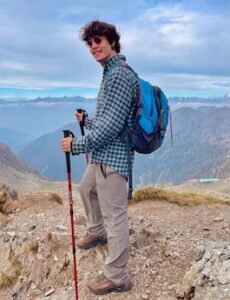
Dissertation: “Variational aspects of curves and K3 surfaces”
Algebraic varieties are shapes defined by polynomial equations—familiar examples include lines and conics. This thesis studies classical varieties such as curves, K3 surfaces, and abelian varieties, which have deep roots in 19th-century mathematics. A natural way to study these varieties is by mapping them into well-known spaces and understand their equations. The work explore a beautiful conjecture linking a curve’s geometry to the equations that define it, confirming it in special cases. It was also investigated how more complex varieties behave under projection and study how families of curves map into varieties with rich geometric structures.
Luisa Plato
Luisa Plato completed both her Bachelor’s and Master’s degrees in Mathematics at TU Berlin. During her studies, she spent a year at Durham University (UK) through the ERASMUS program. A female Master’s program first introduced her to the Weierstrass Institute (WIAS), leading to a one-year position in Research Group 4 and the opportunity to write her Master’s thesis under the supervision of Robert Lasarzik and Dietmar Hömberg. Her growing interest in analysis, numerics, and optimal control of partial differential equations motivated her to stay at WIAS for her PhD (MATH+ project AA2-12), again supervised by Lasarzik and Hömberg. That was a field that aligns perfectly with her interest in working on real-world applications of mathematics.
She successfully defended her thesis in September 2024 and rejoined Research Group 4 as a postdoctoral researcher in February 2025.
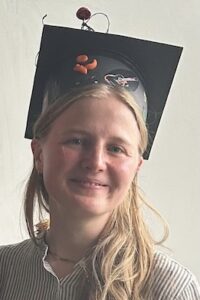
Dissertation: “Cross-Diffusion in Population Dynamics and Electrokinetics—Analysis and Numerics”
Cross-diffusion plays a crucial role in the modeling of pattern formation in physical processes and biological phenomena with partial differential equations. It describes how the movement of one component of a mixture is influenced by the change in another. The dissertation investigates two cross-diffusion systems: a predator-prey and an electrokinetic flow system. The predator-prey system was inspired by an application in biological pest control, where the predator exhibits a directed movement towards areas with more prey; the electrokinetic model describes the behavior of electrolytes on Lab-on-a-Chip devices, where the movement of the charged particles is influenced by the gradient of an electric potential. Mathematically, cross-diffusion models are quite challenging. Contrary to scalar diffusion models solutions may be unbounded. The work proves existence and weak-strong uniqueness of solutions to two of these challenging models and approximated their solutions numerically. Although the two systems seem unrelated from an application point of view, the mathematical structure they share allowed a unified analytical approach.

